
GUEST BLOGGER LAURA PURDIE SALAS
In my picture book If You Want to Knit Some Mittens, a girl discovers that making something as simple as a pair of mittens is more complicated than you might think. You have to go all the way back to the sheep if you want to start at the very beginning.
This isn’t a how-to book about learning to knit. It’s a celebration of the process of making things and transforming things. One thing I’ve learned through many knitting fails (as well as baking fails, but that’s a whole other story) is that I have to measure things properly. I need to know how many yards of yarn I have in order to know if I will run out in the middle of a scarf. I need to know how wide my shoulders are if I actually want that capelet to fit. (Oops!)
We measure things all our life, and it’s an important basic math and science skill.
Measure small things with yarnies
First, explain that measuring units are a human invention. Someone decided what an inch was, and everyone agreed to that standard system. We’re going to use our own unit of measurement: a yarnie.
Cut a piece of wool yarn to the height of each student. Lots of kids are truly amazed to learn that 100% wool yarn is actually a tiny piece of a sheep’s coat, transformed! Give each student their “yarnie.” Have them casually compare their yarnies with each other and discuss how the yarnies are not all the same length. So a Tria Yarnie will be different from a Calvin Yarnie. Next, explain that they’re going to measure some items using their yarnie.
Start with A Yarnie Is Long. Have the students lay their yarnies on the floor and line up common classroom items to see how many markers, blocks, etc. it takes to be as long as 1 yarnie. Lead a discussion about why students will have different answers, and perhaps tie this into the need for standardized measurement units. Point out that everyone’s yarnie is longer than the items the measured for this part of the project.
Measure big things with yarnies
Then have students measure bigger items, using A Yarnie Is Short. Make sure to choose large rugs and tables that will be longer than a single yarnie. Demonstrate how to hold down one end of the yarnie and move the other end in a leapfrog fashion in order to measure the larger items. Discuss how everyone’s yarnie is shorter than the items they measured here.
Time for comparisons
Lead a discussion about the words “longer” and “shorter” and how they help us compare two items. Using Longer or Shorter?, have students decide whether their yarnie is shorter than or longer than the items listed. Discuss with students how sometimes they might need to measure to be sure, while other times, it might be very obvious just from looking at the objects. They might be able to just eyeball the answer, because they’re not looking for exact measurements here, just a comparison.
Discussion and writing
Wrap up the measurement activities by leading a discussion about measurements in the real world. Point out that a measurement by itself doesn’t mean anything! It’s what measurements let us do that’s important. A correct sugar measurement lets me make yummy brownies. Knowing the river is 100 feet across but the bridge is only 80 feet across tells me the bridge is shorter than the river, and that bridge won’t get me to the other side of the river. Talk again about what units of measurements they know and what kind of measuring they know about in the real world. Lead brainstorming on what could happen if the measurement is incorrect.
Finally—time to write! Ask students to think about their yarnies and the measurements they made. Invite them to write about My Yarnie. They could share facts based on their measurements, such as, “My yarnie is longer than my desk.” Or they could make up a story for an adventure their yarnie has. “The yarnie stretched up, but it was shorter than the ceiling. It couldn’t reach!” In the box, students can illustrate their writing, or you could have them glue their yarnie down in a fun shape.
Featured image: “2017 Student Summit on Climate Change – Joshua tree Monitoring Project – Students measure the diameter of a Joshua tree’s trunk at breast height” by Joshua Tree National Park is marked with CC PDM 1.0
Former teacher Laura Purdie Salas believes reading small picture books and poems can have a huge impact on your life. She has written more than 130 books for kids, including Lion of the Sky (Kirkus Best Books and Parents Magazine Best Books of the Year), Snowman-Cold=Puddle (Junior Library Guild selection), and the Can Be… series (Bank Street Best Books, IRA Teachers’ Choice). Laura shares inspiration and practical tips with educators about poetry, nonfiction, and more. Visit Laura at laurasalas.com or on Twitter at @LauraPSalas. If You Want to Knit Some Mittens is illustrated by Angela Matteson (@AngelaMatteson) and published by Boyds Mills Kane (@astrakidsbooks). Find more resources and activity sheets for this book at laurasalas.com/mittens.


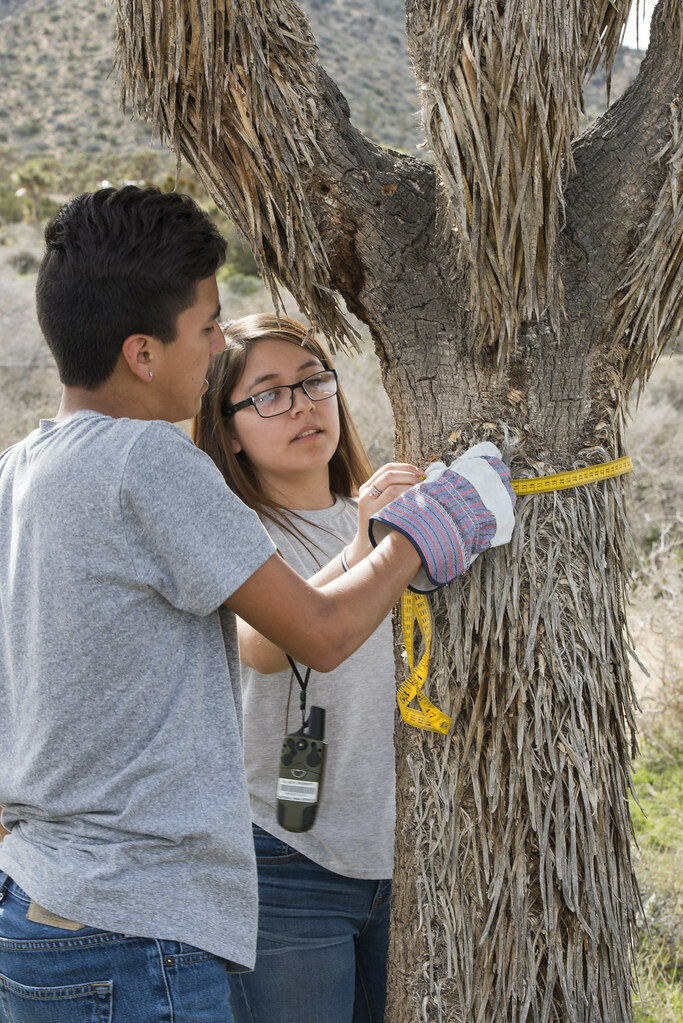
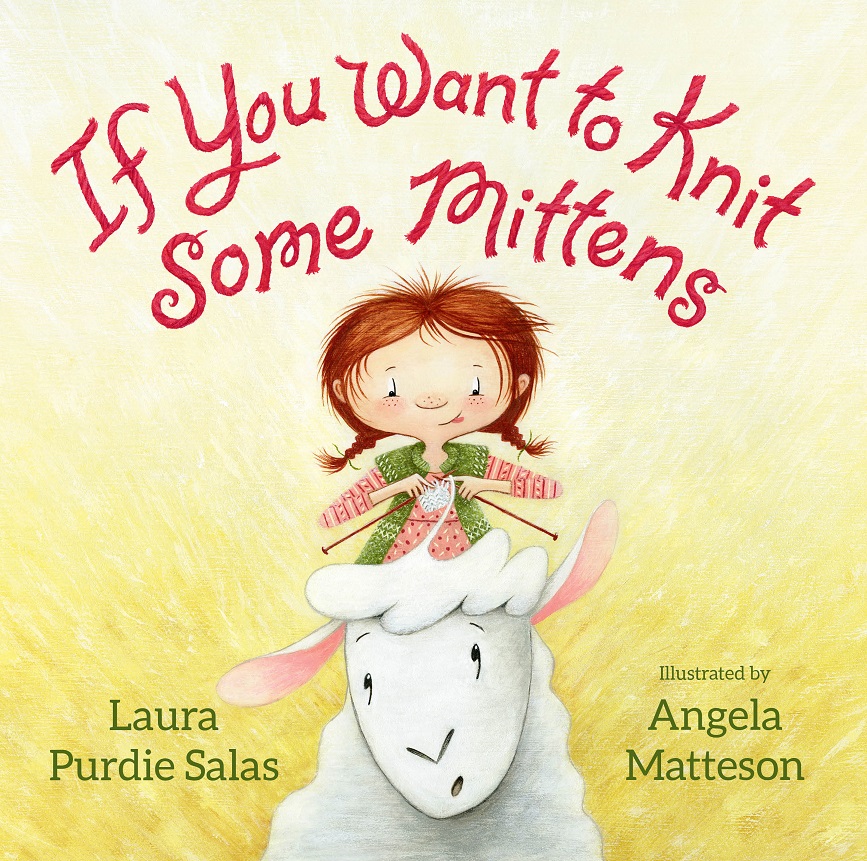


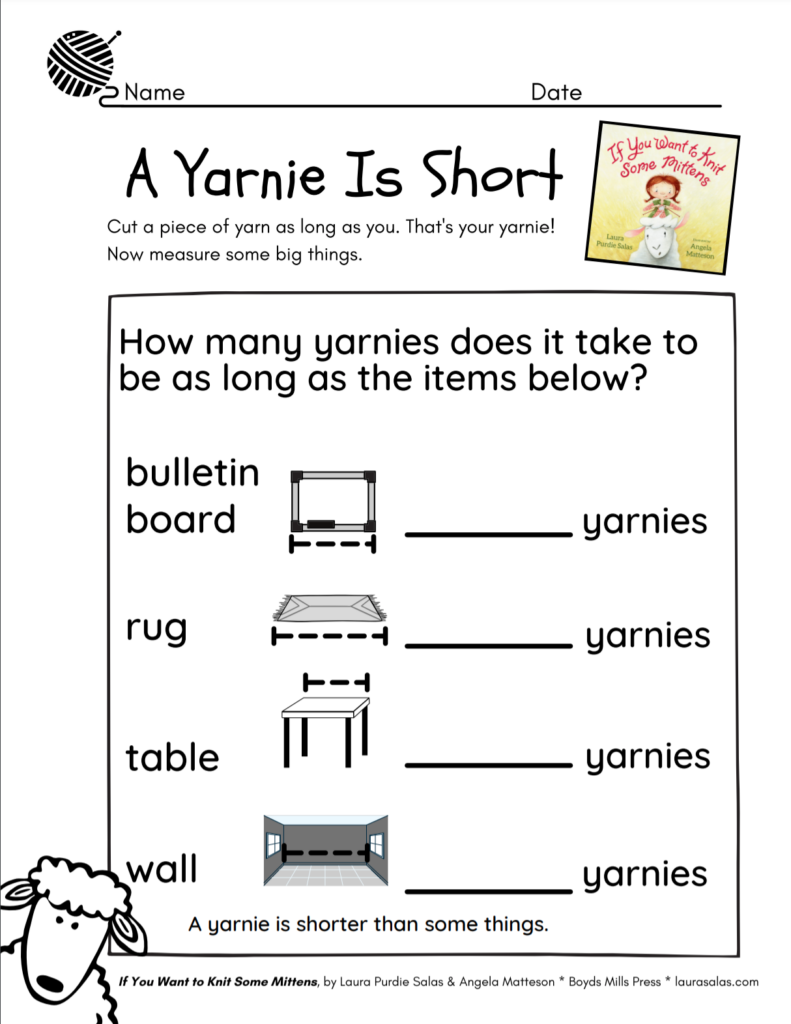
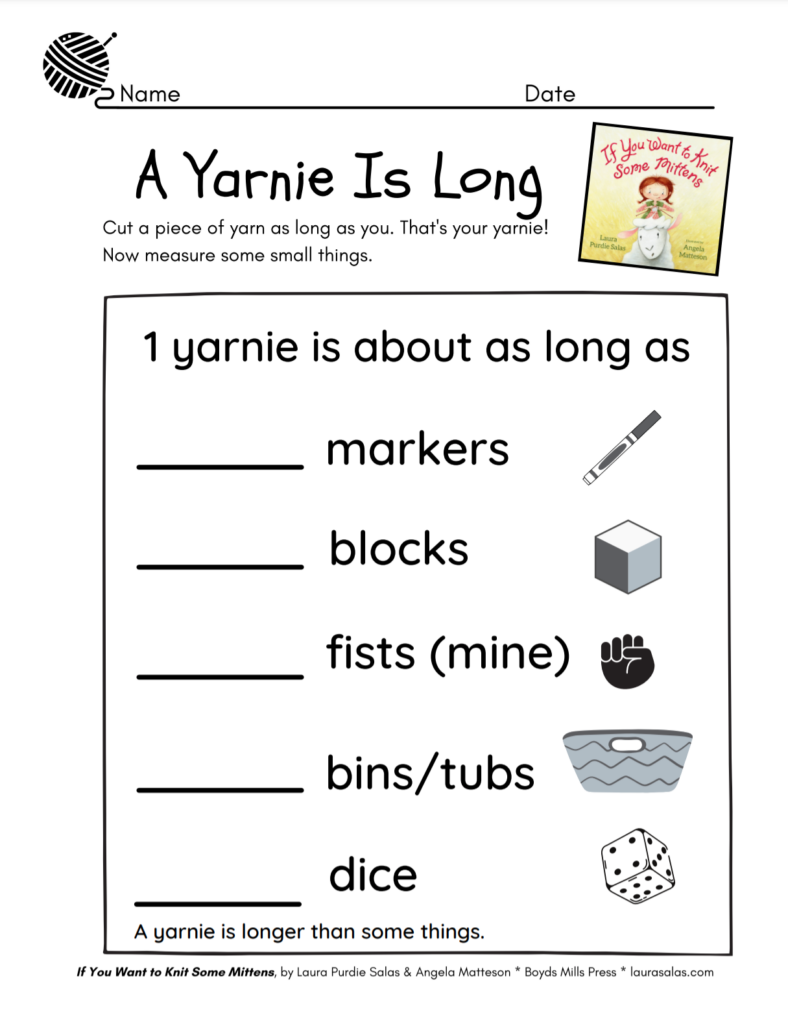
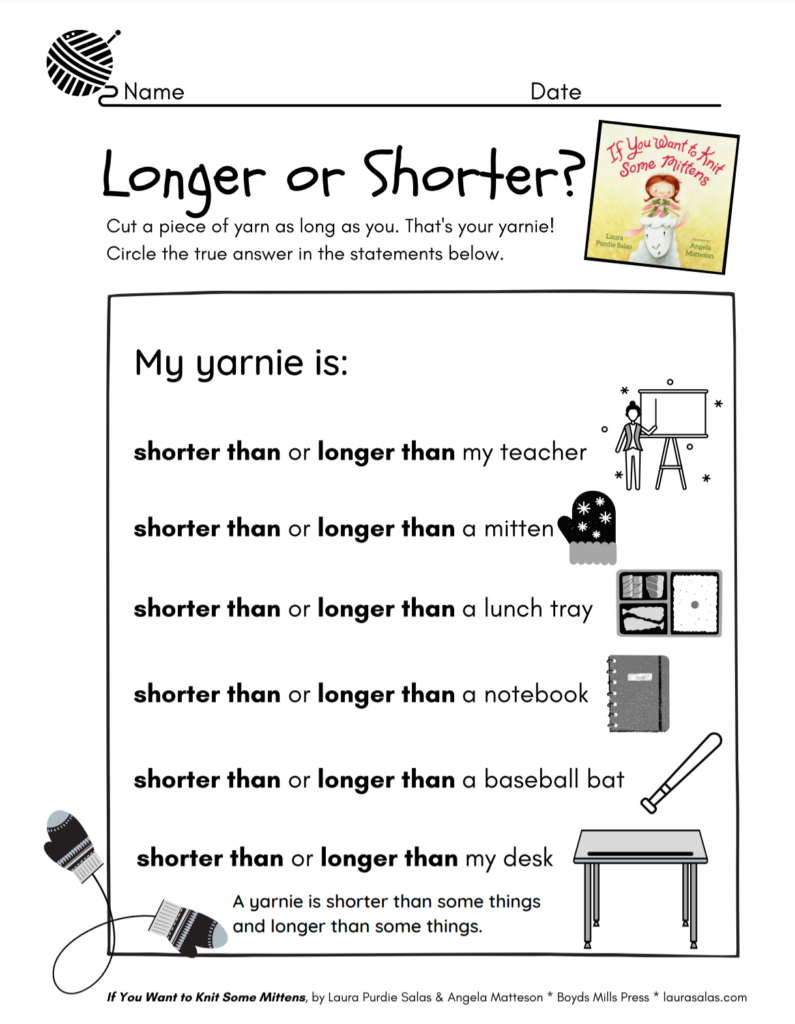
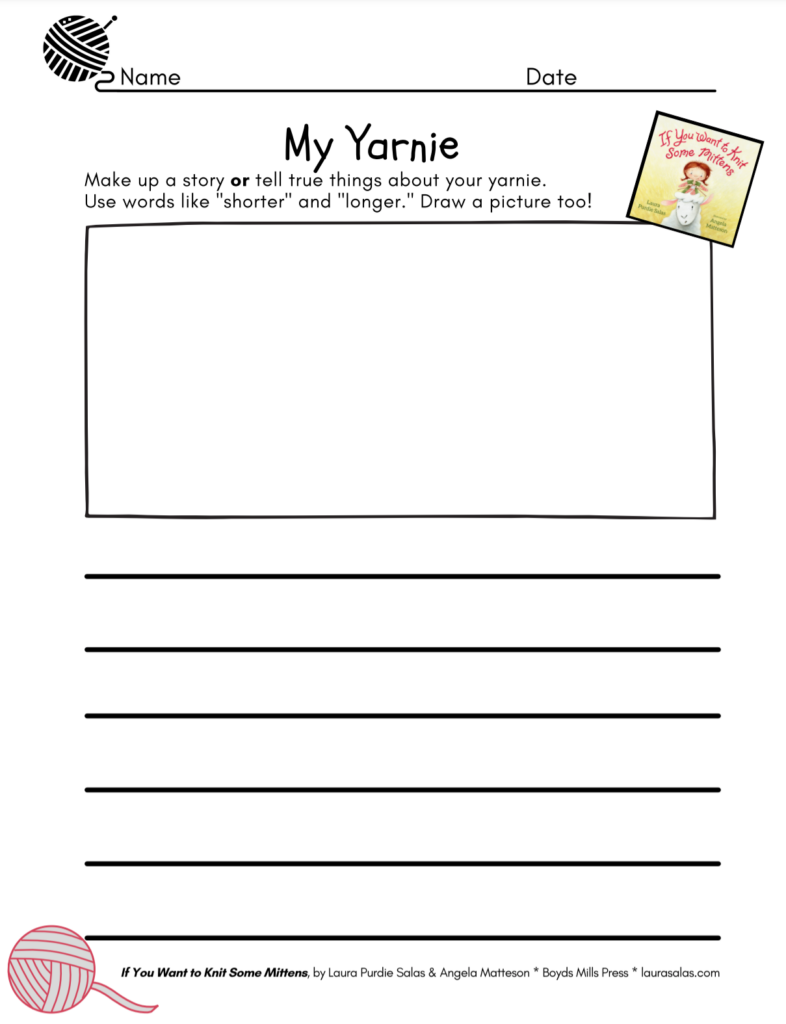
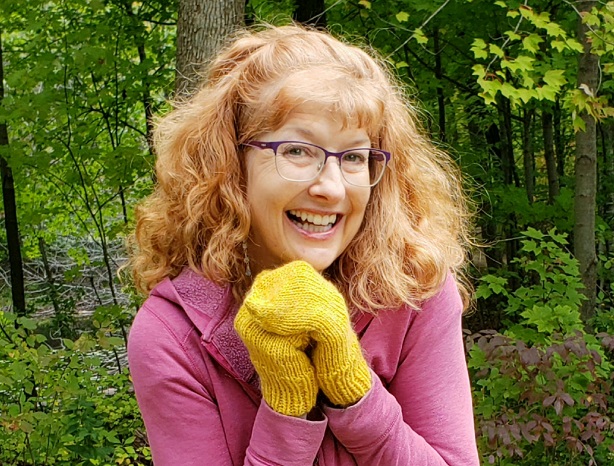
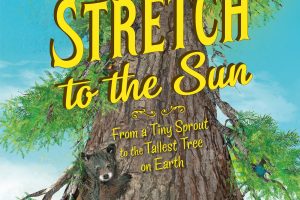
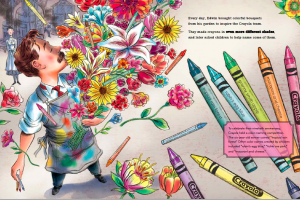
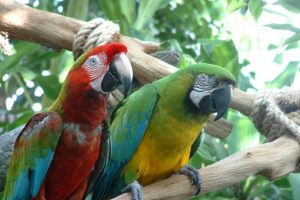


Leave a Reply
Your email is safe with me.